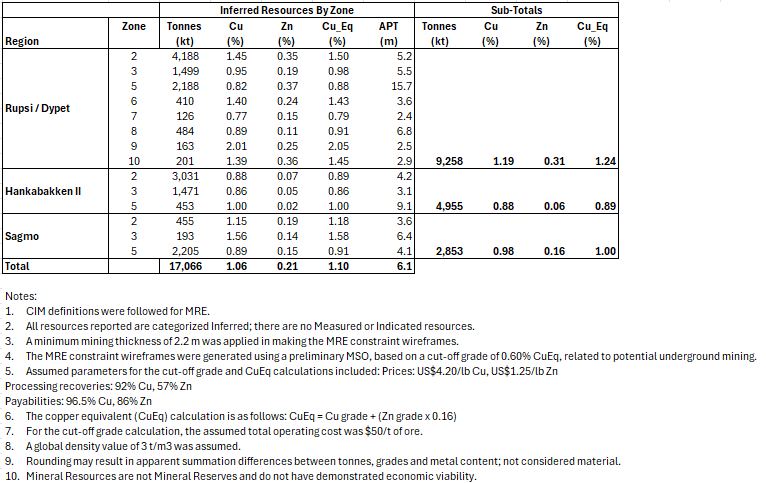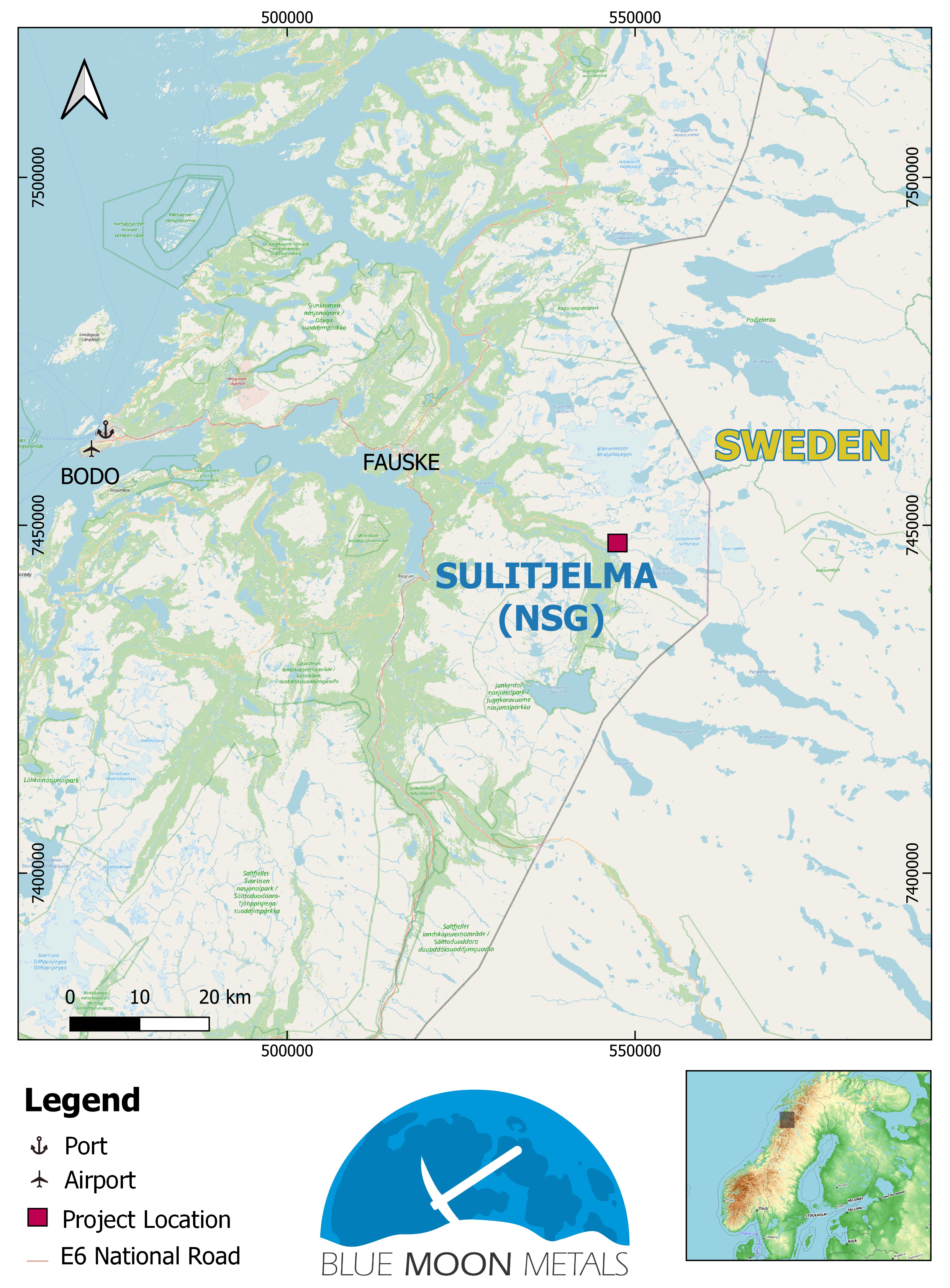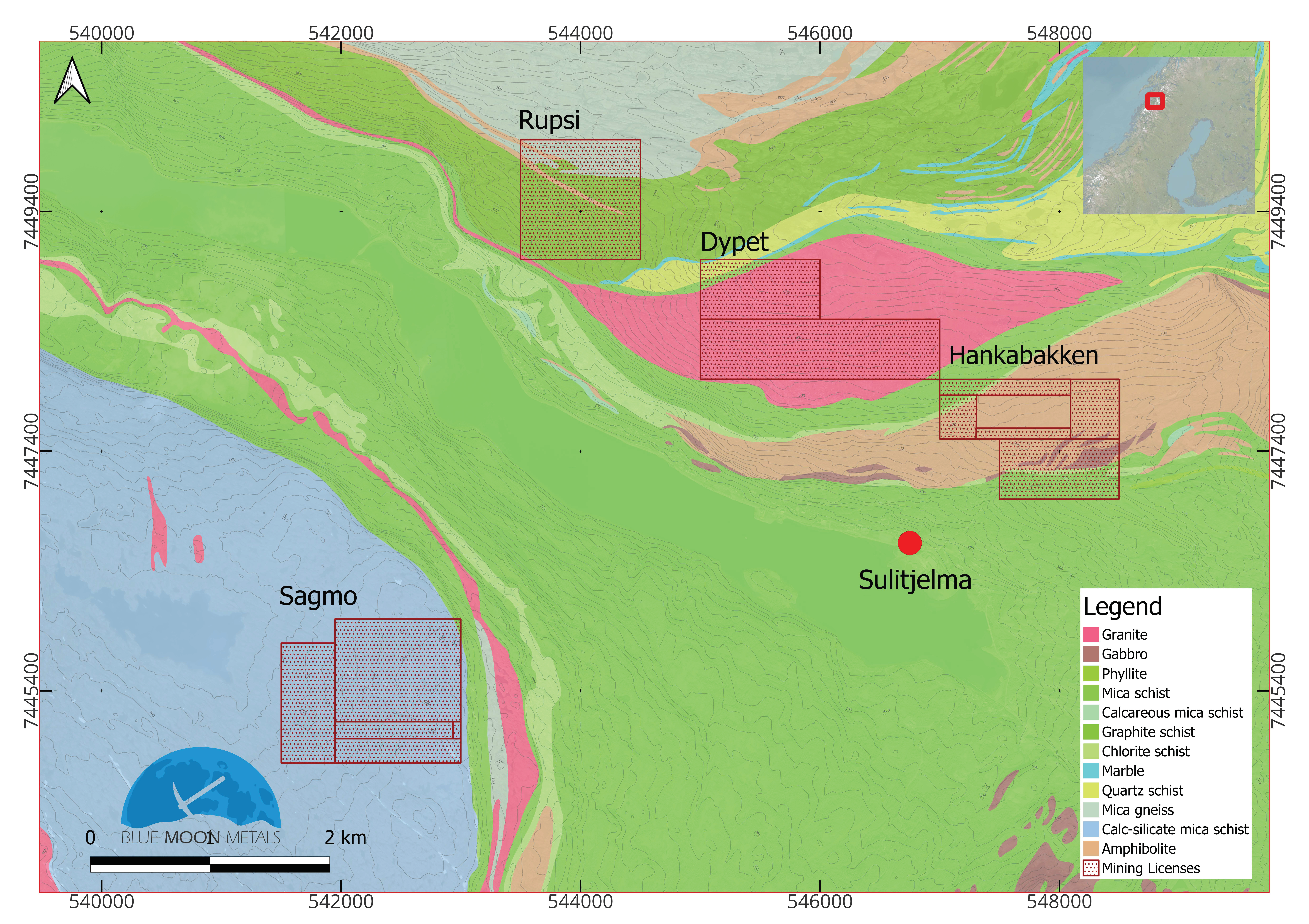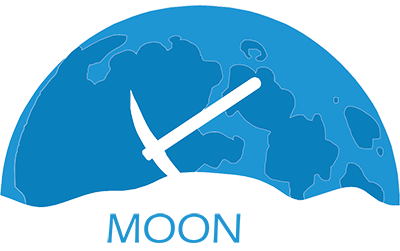NSG
Overview
Located in Nordland county, Norway, the NSG Property is set to become one of the first producing copper mines in the country in over 50 years. The NSG Property is one of the most geological prospective areas in the country from a historical perspective, with the Sulitjelma having hosted the largest mining operation in the country.
Mineralization in the NSG Property is spatially associated with the Ordovician Sulitjelma ophiolite complex, which belongs to the Køli Nappe of the Upper Caledonian Allochthon, and is characterized as a Cyprus-type VMS deposit. Both, ore bodies and their host rocks, were exposed to deformation processes and recrystallization during the cycle of metamorphism and tectonic transport caused by the Caledonian orogeny. The most dominant ore bearing phases are chalcopyrite and sphalerite.



Figure 1. Sulitjelma Regional Geology Map
